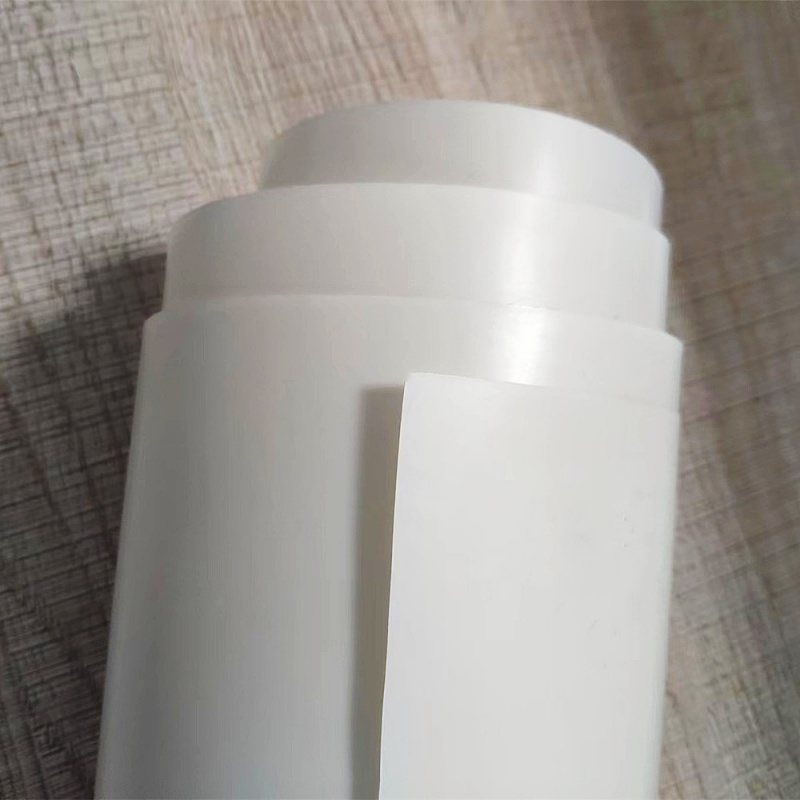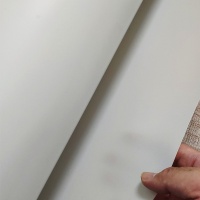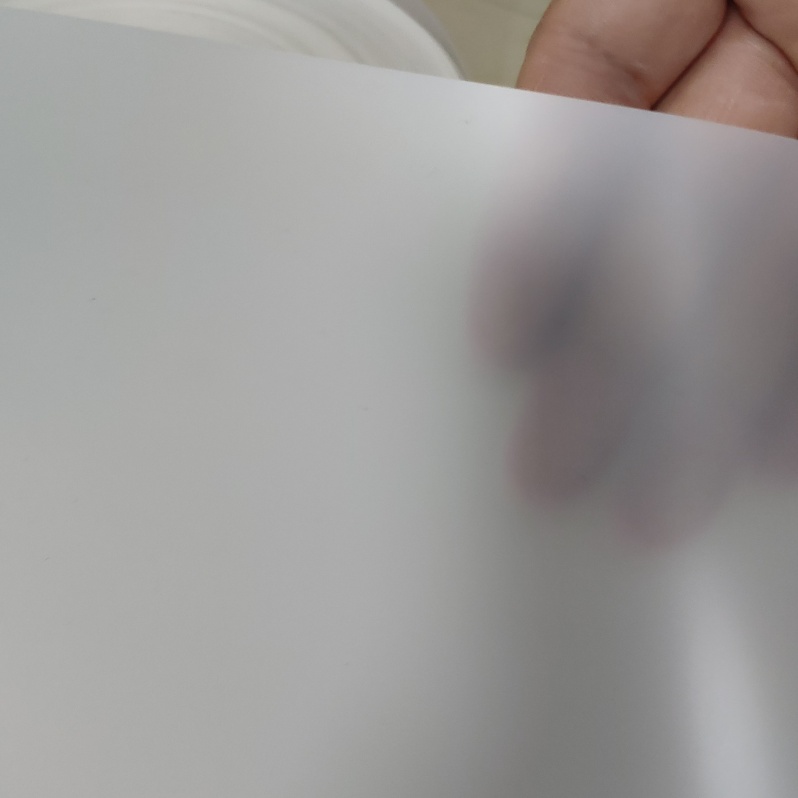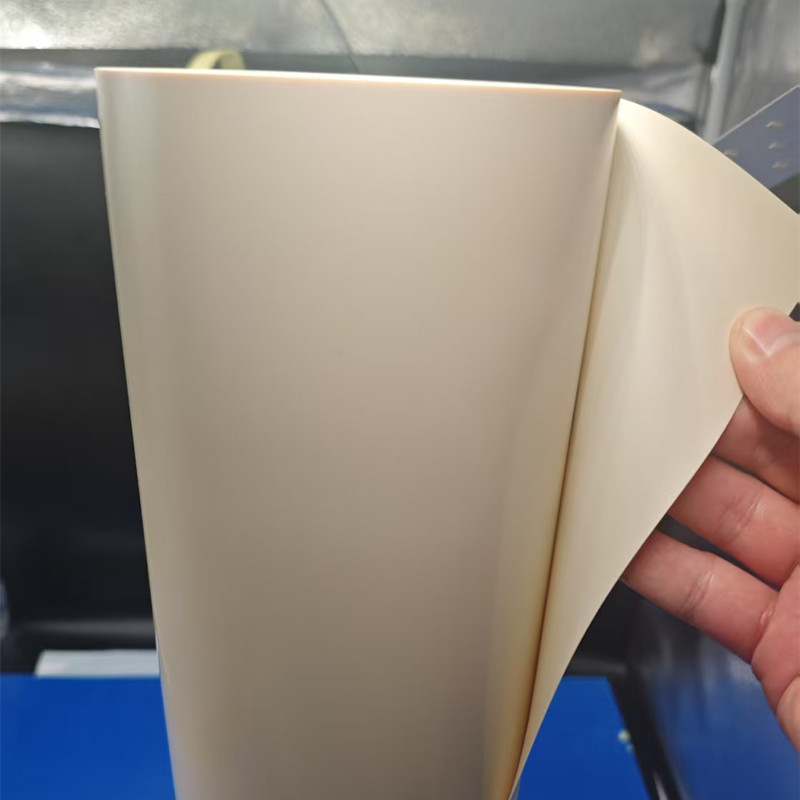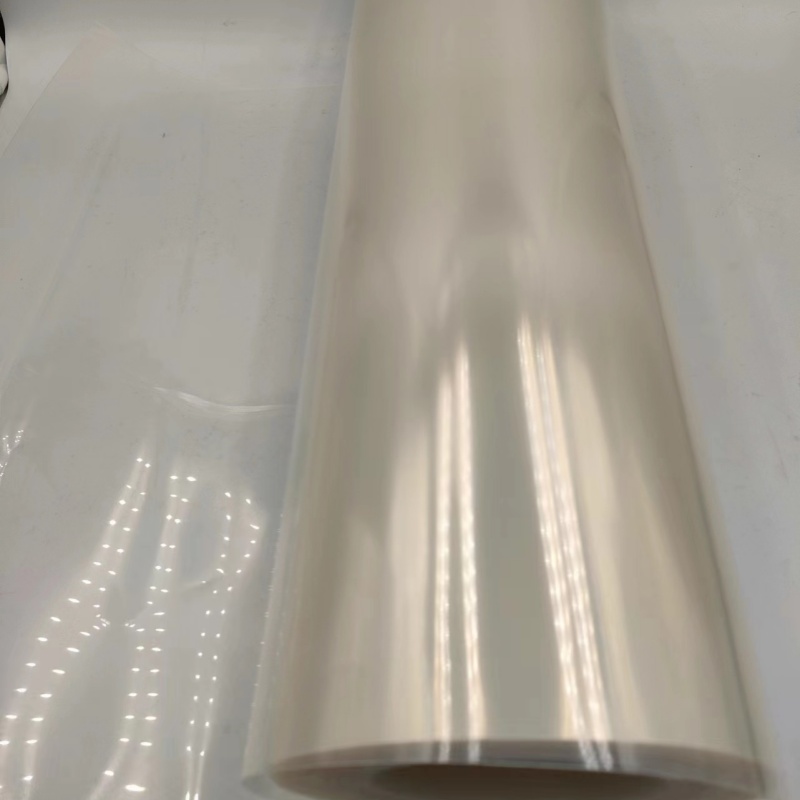
Bio Degradable white translucent PLA blister coil
PLA has good biodegradability, biocompatibility and processability and is widely used in the following fields:
Packaging field Food packaging:
- top leader plastic
- China
- 19 business days
- 1900 tons/month
- Information
Bio-based Degradable white translucent PLA blister coil
PLA blister materials have the following advantages over traditional plastics:
PLA has good biodegradability, biocompatibility and processability and is widely used in the following fields:
Packaging field
Food packaging: it can be made into food packaging boxes, fast food lunch boxes, cup lids, bowl lids and so on. Its biodegradability and safety meet the requirements of food contact, which can effectively protect food and reduce the environmental pollution of packaging waste.
Daily necessities packaging: used for cosmetics, skin care products, medicine and other products packaging inner tray, blister box, bottle, etc.. The high transparency, gloss and good barrier properties of PLA materials can enhance the appearance and quality of products, and the environmental characteristics help to enhance the brand image.
Other Packaging: It is also used in flower packaging, transparent window film for envelopes and candy packaging. Biaxially oriented PLA films with high light transmission, low haze and good heat sealing properties can meet the special requirements of these packages.
Biodegradability: PLA blister materials can be completely degraded by microorganisms in nature under specific conditions after use, and eventually generate carbon dioxide and water, without polluting the environment. Traditional plastics such as polyethylene and polyvinyl chloride are difficult to degrade in the natural environment, and may take hundreds of years or even longer to decompose. Long-term accumulation will cause serious white pollution.
Source of raw materials: PLA blister materials are made of starch raw materials from renewable plant resources (such as corn, sugarcane, etc.), and polylactic acid is obtained through saccharification, fermentation, chemical synthesis and other processes. This protects the increasingly depleted oil resources and reduces dependence on non-renewable resources such as oil. Traditional plastics are mainly made of oil, natural gas, etc., which are non-renewable resources. With mining and use, the reserves gradually decrease.
Food and human safety: PLA has excellent biocompatibility, and its degradation product - L-lactic acid can participate in human metabolism and is absolutely harmless to the human body. Therefore, PLA blister materials are widely used in food packaging, disposable tableware and other fields, and will not harm human health. In contrast, some traditional plastics may have toxic additives added during the production process, or their monomers may precipitate under certain conditions, which poses a potential threat to human health. For example, the vinyl chloride monomer that may remain in polyvinyl chloride (PVC) is carcinogenic.
Antibacterial and antifungal properties: PLA is the only biodegradable plastic with excellent antibacterial and antifungal properties. Viruses and molds are not easy to attach to its surface, and it has high hygienic safety. Traditional plastics do not have this property. In some application scenarios with high hygiene requirements, additional treatment or the addition of antibacterial agents may be required to prevent the growth of microorganisms.
Low carbon footprint: From raw material collection, processing to final use, the carbon footprint of PLA is reduced by an average of about 30% to 60%. The greenhouse gas emissions generated during its production process are relatively low, and it can achieve a self-closed loop system of "planting carbon fixation - fermentation carbon emission - production carbon emission - decomposition carbon emission", which helps to reduce the negative impact of industrial activities on the environment and meets the requirements of the global "carbon strategy". Traditional plastics are produced based on petrochemical raw materials and usually produce high carbon emissions throughout their life cycle.
Good physical properties: PLA blister materials have good hardness, glossiness and thermoplasticity, and are suitable for various processing methods such as blow molding, thermoplasticization, and blister molding. They are easy to process and widely used. The film has good air permeability, oxygen permeability, and carbon dioxide permeability, and also has the characteristics of isolating odors. In some application scenarios, PLA blister materials can replace traditional plastics and meet the packaging and use requirements of products.
Within 15-20 days after received payment...more

